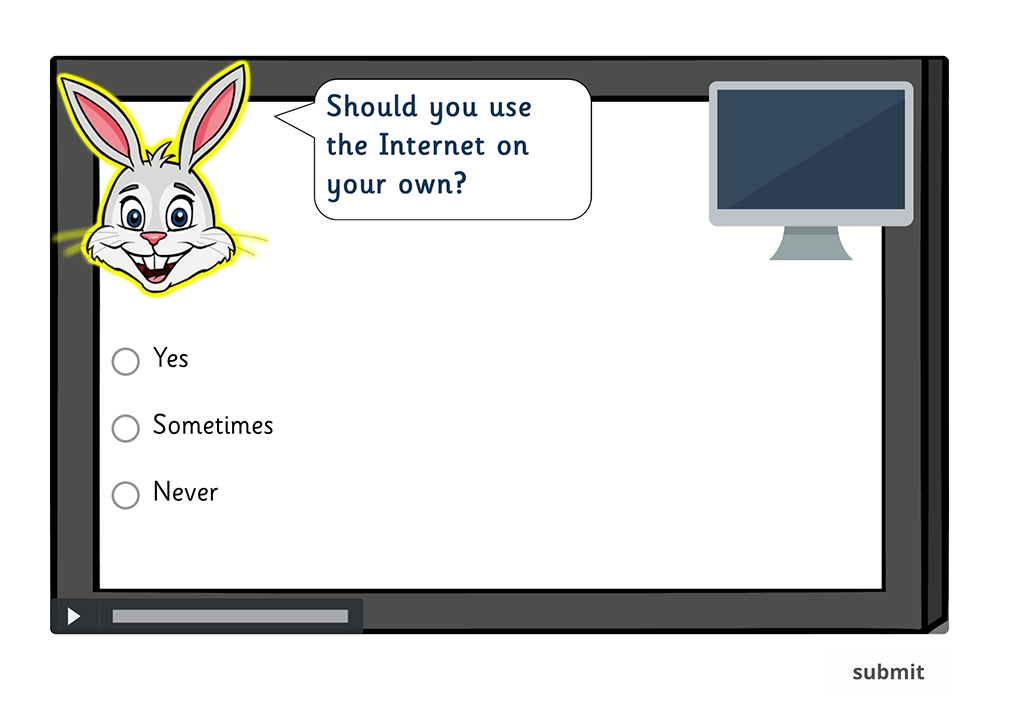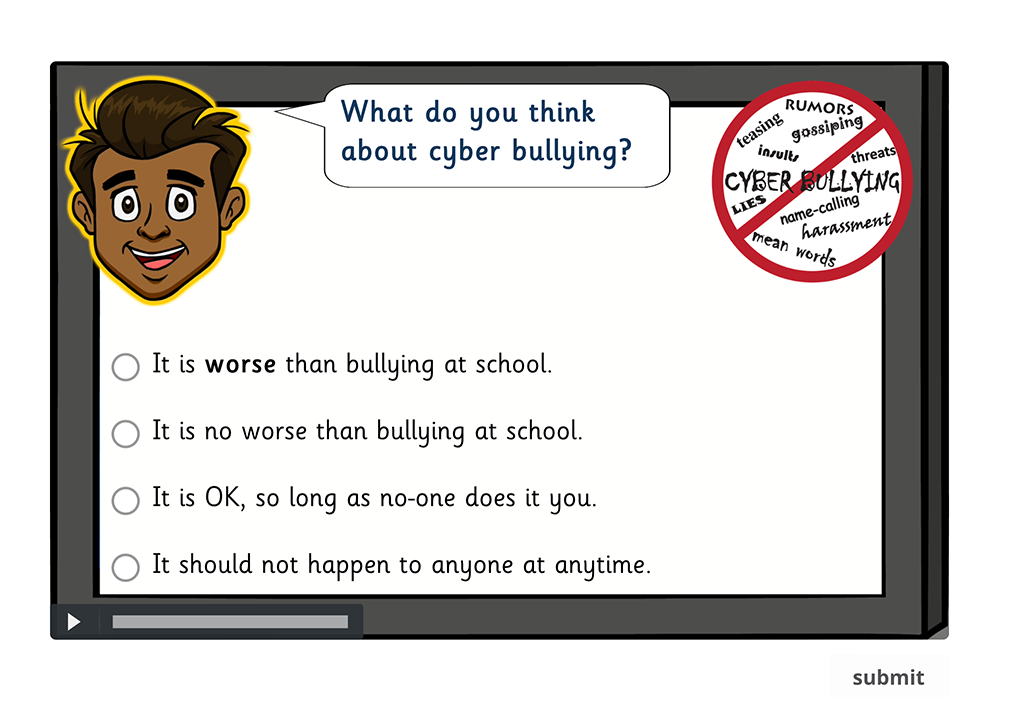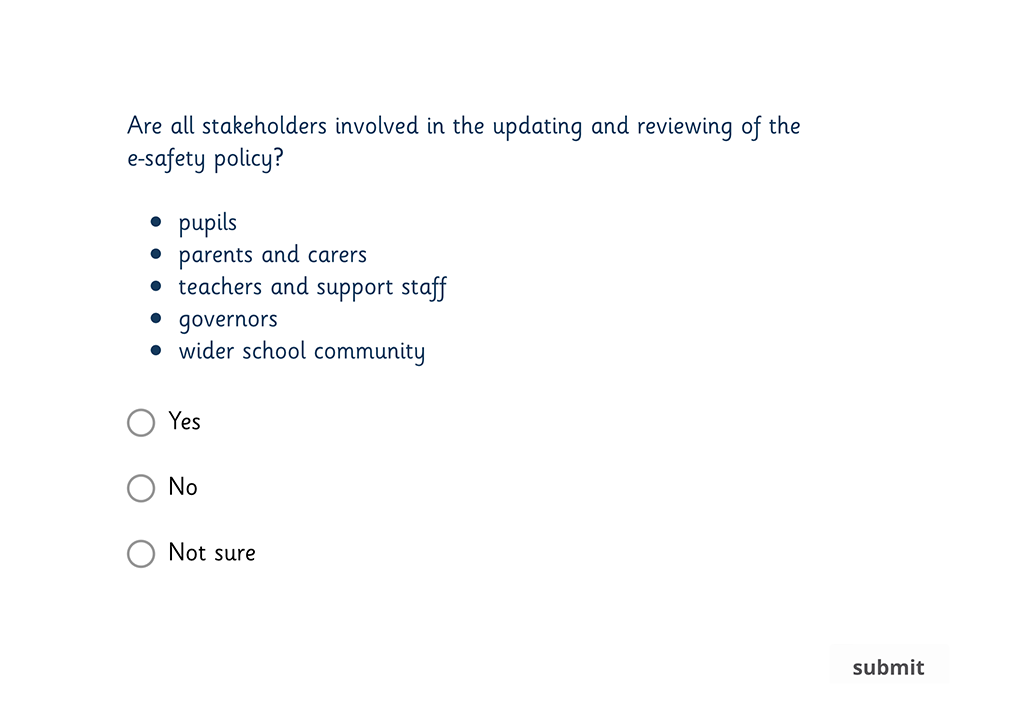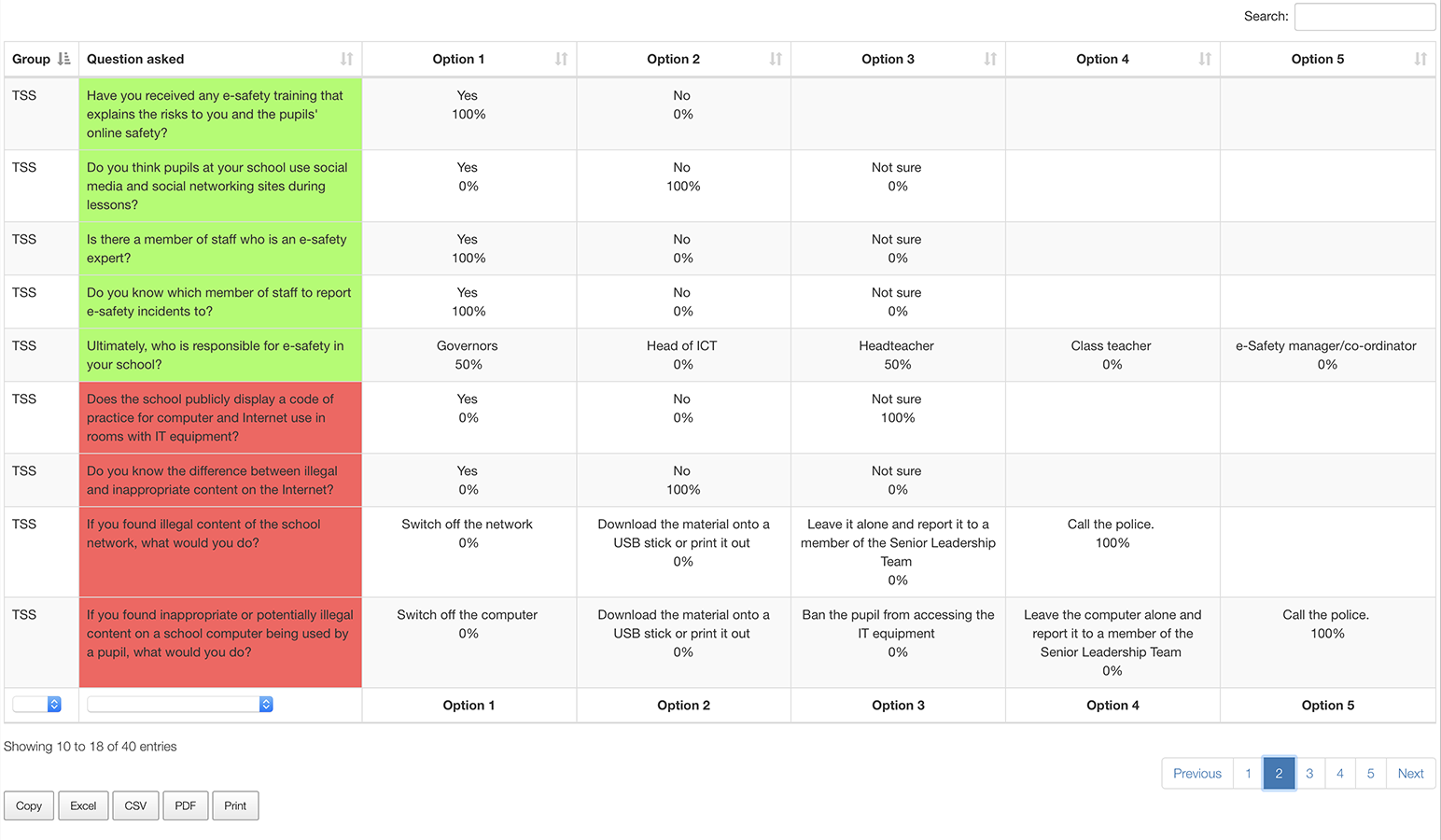DfE Statutory guidance from September 2018
The use of technology has become a significant component of many safeguarding issues. Child sexual exploitation; radicalisation; sexual predation: technology often provides the platform that facilitates harm. An effective approach to online safety empowers a school or college to protect and educate the whole school or college community in their use of technology and establishes mechanisms to identify, intervene in, and escalate any incident where appropriate. The breadth of issues classified within online safety is considerable, but can be categorised into three areas of risk:
- content: being exposed to illegal, inappropriate or harmful material; for example pornography, fake news, racist or radical and extremist views;
- contact: being subjected to harmful online interaction with other users; for example commercial advertising as well as adults posing as children or young adults; and
- conduct: personal online behaviour that increases the likelihood of, or causes, harm; for example making, sending and receiving explicit images, or online bullying.
An extract from the DfE publication ‘Keeping Children Safe in Education’ – click here to download the complete guidance document
Are you providing an effective approach to online safety?
Children and young people are using the Internet for an ever-increasing number of purposes. Schools need to not only provide safe access to the Internet but also ensure that children are educated to use the Internet safely and to make appropriate decisions.
Get a clear understanding of eSafety within your school community and ensure that you meet statutory requirements for online safety with surveys for:
- KS1 pupils
- KS2 pupils
- Teaching and support staff
- Senior Leadership Team
- Governors
The results of the eSafety surveys are anonymous. They take approximately 20-30 minutes to complete and can be done on any internet connected device – PC, Mac, iPad, Android and Windows tablets.
The report will assist school leaders to:
- Identify areas of concern that need to be addressed
- Identify priorities for school development planning
- Be confident that the school is meeting statutory requirements
Once data has been received you can view the results online. Analyse your survey results, filter data by role and question, copy and paste to Excel, export a csv file or print your report.
If your school has already purchased our staff survey service, please ask your administrator for the staff survey link.












